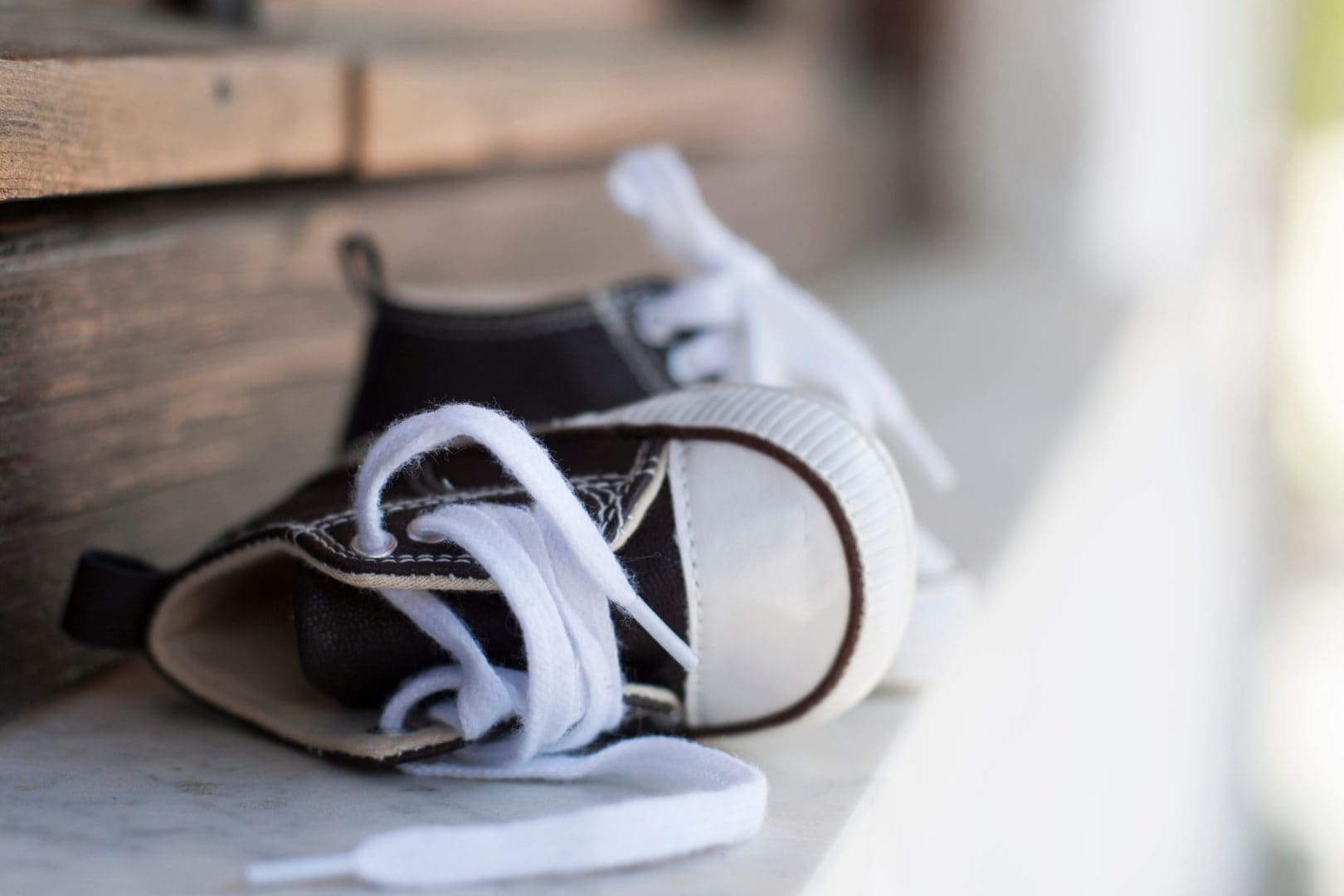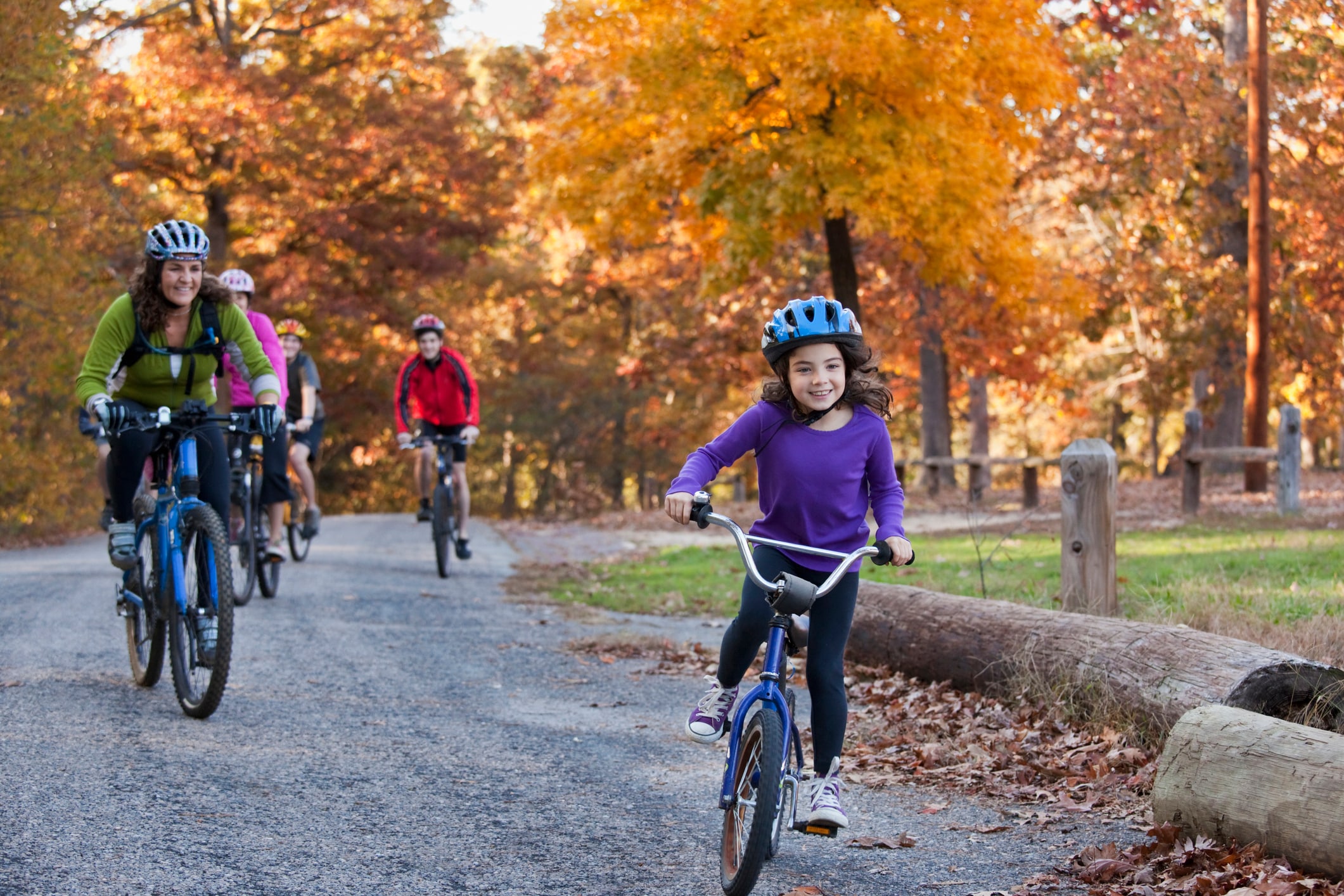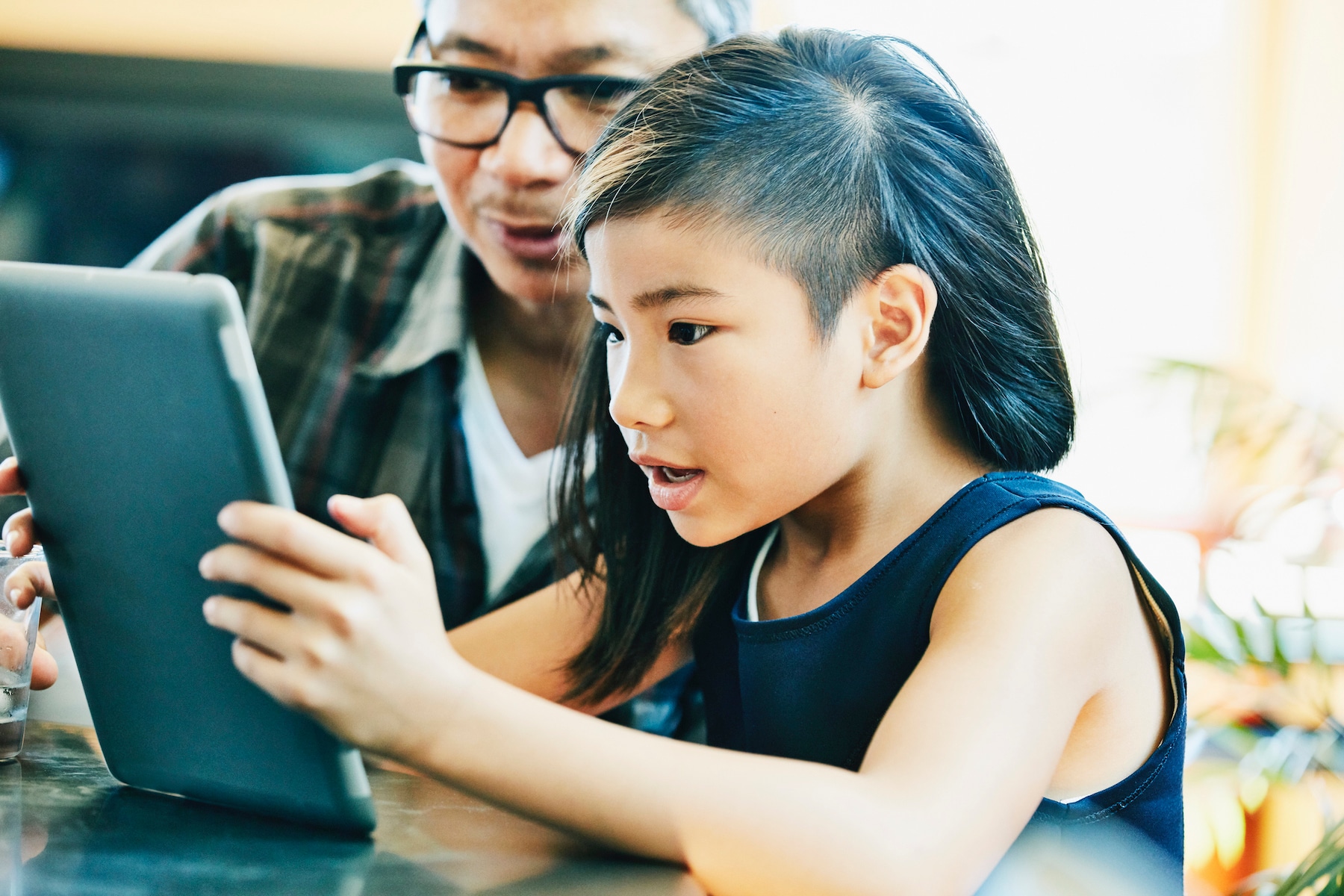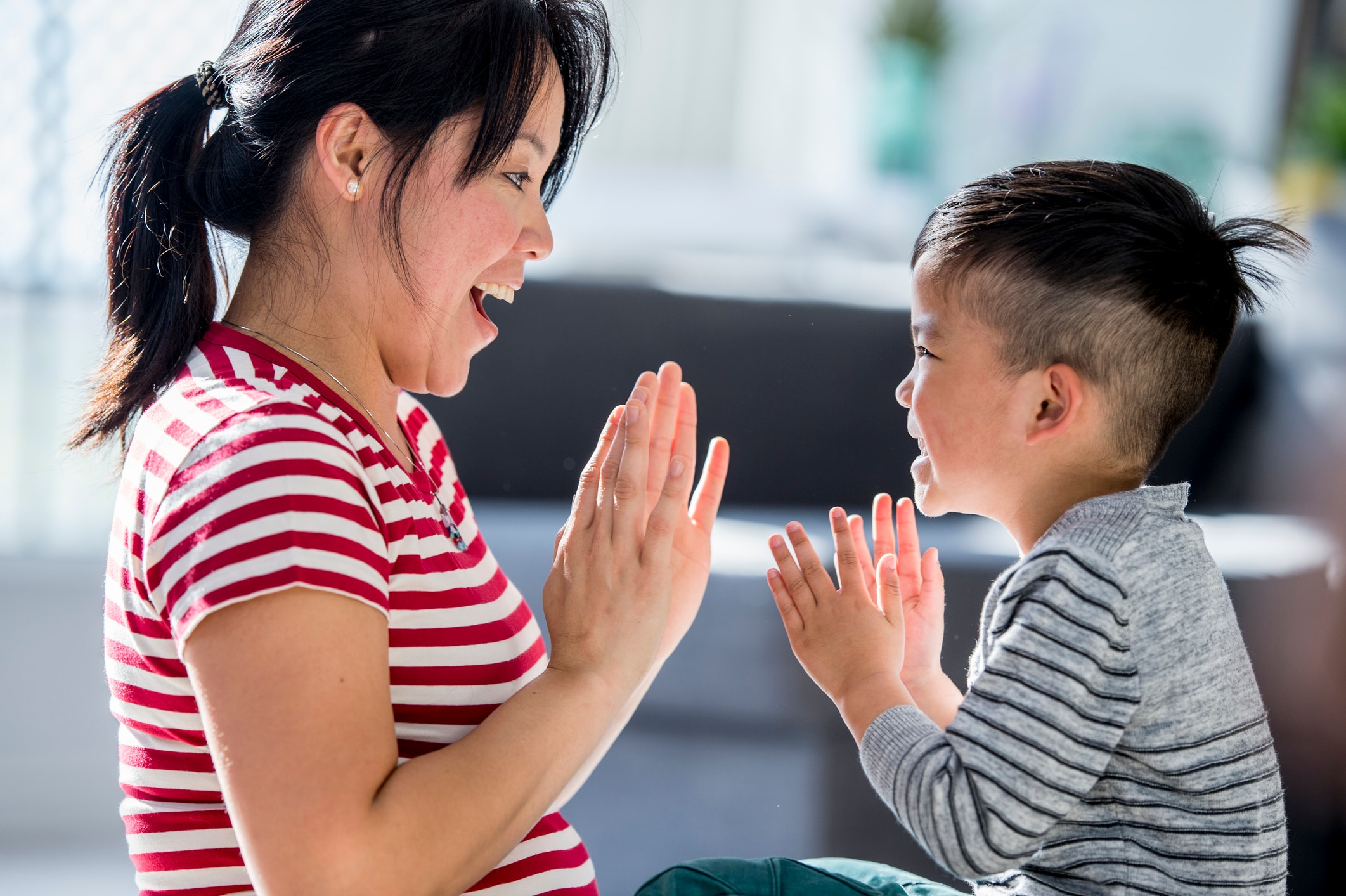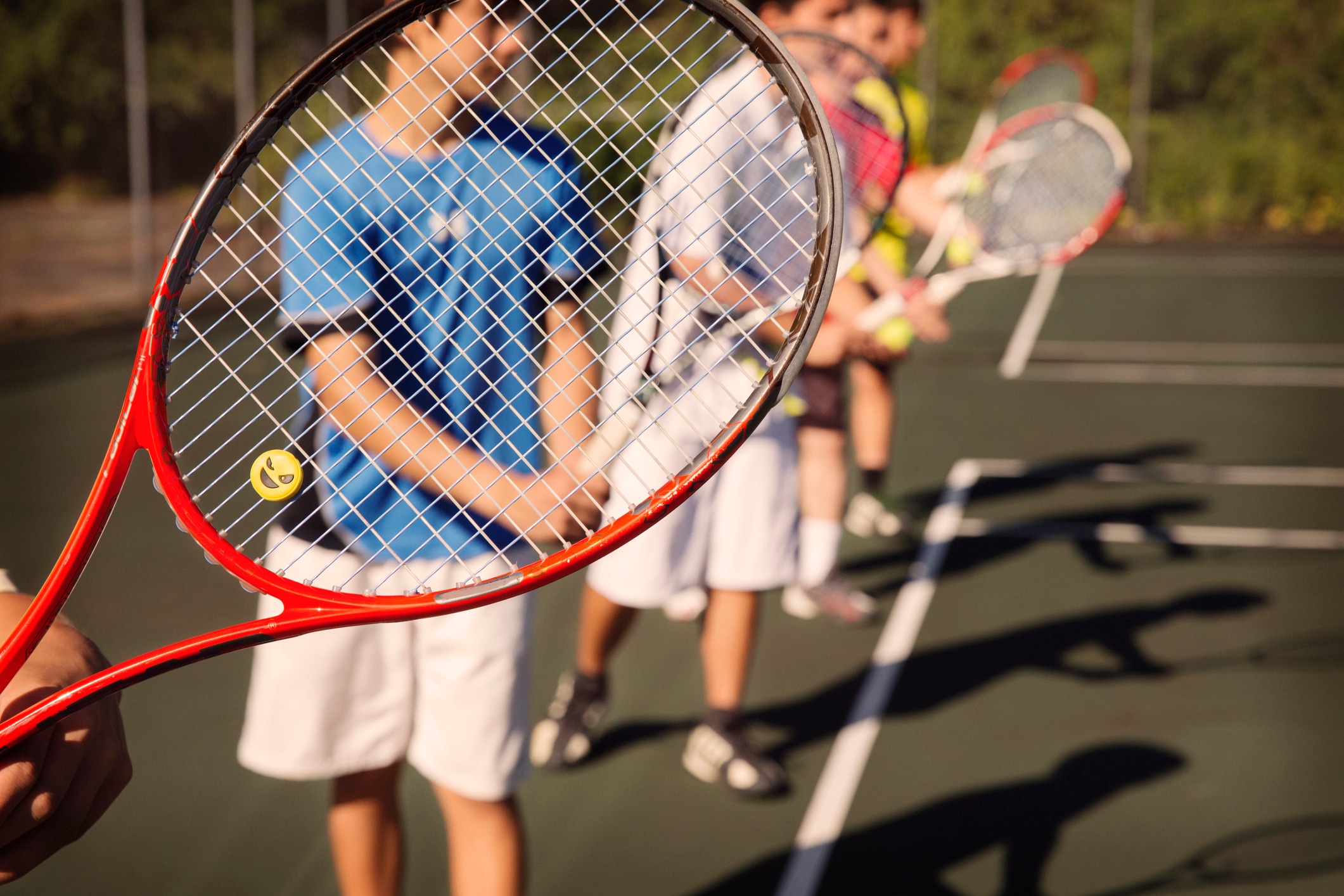Whether you’re headed to the shoe store or shopping online, buying your baby’s first pair of shoes can surface many questions. What should you look for in a shoe for a baby who isn’t learning to walk yet? How will you know if the shoe fits? And what about when baby moves toward the walking stage?
Parents worry that a young child may not be able to tell them how the shoe feels, says Dr. Jane Andersen, a Chapel Hill, North Carolina podiatrist. Understandably, this can certainly make getting the shoe size right a little tricky.
But don’t worry — it is possible to take some of the guesswork out of baby shoe sizes. (At least for a few months!) Here’s how.
Is your baby ready for shoes?
First, ask yourself if your child is really old enough for shoes. They really don’t need them until they’re walking. “Before a baby starts to walk, shoes are only necessary for warmth,” says Andersen.
“Before a baby starts to walk, shoes are only necessary for warmth.”
— Dr. Jane Andersen, podiatrist
In fact, the American Academy of Pediatrics says not wearing shoes is actually beneficial for a baby’s foot development, and you can probably get by with just socks for keeping their feet warm.
Once your child is upwardly mobile, they may really only need shoes outside or in public places and not at home, where bare feet are probably OK — as long as you’ve baby-proofed.
“When they start to take steps, [shoes are] for safety, to protect them from potential foreign bodies,” Andersen says. “They don’t need actual support as toddlers, only protection.”
Baby shoe shopping: What to look for
Once you’re ready to make a baby shoe purchase, there are a few things to look for:
- Flexibility. Forget stiff styles. “A baby shoe made of soft leather is ideal, as it provides good flexibility in the sole,” says Andersen. “Flexibility is important, as it allows a child’s musculature to develop in a normal fashion so that they can develop their arch appropriately.”
- Comfy fit. The shoes you purchase shouldn’t need to be “broken in” to be worn. They should fit comfortably from the start. That’s why you’ll need to bring your baby along to the store for try-ons and feel for toe space with your fingers. (More on that below.)
- Non-skid soles. For little ones starting to stand and step, look for soles that give traction and won’t be slippery on smooth surfaces.
“A baby shoe made of soft leather is ideal, as it provides good flexibility in the sole.”
— Dr. Jane Andersen, podiatrist
Baby and infant shoe sizes chart by age and brand
To help you approximate, we put together a few easy-to-use baby shoe size charts for top brands, organized by age.*
Stride Rite
| U.S. Size | Age Range | Length (cm) |
|---|---|---|
| 1 | 0-3 months | 9.1 cm |
| 2 | 3-6 months | 9.9 cm |
| 3 | 6-9 months | 10.8 cm |
| 3.5 | 6-9 months | 11.2 cm |
| 4 | 9-12 months | 11.6 cm |
Carter’s
| U.S. Size | Age Range | Length (cm) |
|---|---|---|
| Newborn | 9.1 cm | |
| 1 | 0-3 months | 10.8 cm |
| 2 | 3-6 months | 11.4 cm |
| 3 | 6-9 months | 12.5 cm |
| 4 | 9-12 months | 13.2 cm |
Gap.com
| U.S. Size | Age Range | Length (cm) |
|---|---|---|
| 1 | 0-3 months | 9.2 cm |
| 2 | 3-6 months | 10 cm |
| 3 | 6-12 months | 10.9 cm |
| 4 | 12-18 months | 11.7 cm |
* According to shoe size charts on the brand sites at the time of this posting.
Baby shoe sizes explained
The above baby shoes sizes are just a jumping-off point for knowing what to try on your baby or child. That’s because there really isn’t a universal sizing; it varies slightly from brand to brand, just like it does for adult shoes. You really do need to try them on your child to know how they fit.
Some brands label the shoes by age and tend to use wider ranges for babies. (e.g., 6-12 months or 12-18 months)
But just because a shoe is marked for your baby’s age doesn’t mean it’s the right size for them. After trying a few pairs on your child, you’ll probably get a sense of whether or not their feet are in the average range or if they’re big or small for their age.
Start by having your child’s feet measured by a professional at a kid’s shoe store. Then, you’ll know what size or sizes to try on.
Does the shoe fit?
When trying on shoes, it can be tricky to figure out whether or not you’re getting the right fit. After all, your baby or toddler isn’t necessarily the best judge. Kids can say a shoe feels great when it’s really too loose, or they can fall in love with a shoe because it has their favorite character on it, but it’s really too tight.
Here are a few shopping tips:
- Shop together. As tempting as it is to shop kid-free, bring your child along when looking for footwear for them. Put them in the socks they’ll be wearing with the shoes you’re buying. If you’re buying online, choose a site that offers free return shipping and hassle-free exchanges, so you can try on a couple sizes of shoes and return ones that don’t fit — or easily exchange for a different size and style if they’re not quite right.
- Feel for the toe. “Have some space at the end of the toe box,” says Andersen. “Usually the width of the wearer’s thumb is a good measure.” (Or use your pinkie finger.)
- Err on the side of the bigger foot. It’s normal for one foot to be a little larger than the other. Let the bigger foot guide you in your size choice, because too-small shoes can be painful.
- Take your time. Have toddlers walk around the store (or at home) in the shoes and see if they walk normally in them, Andersen says.
- Focus on comfort. “Really ask your child not only if they like the shoes, but if they are causing any pain or irritation,” she says.
Common mistakes to avoid
There are a few common traps in children’s shoe-buying to avoid:
- Don’t aim for a mini-me. “Often [parents] will put their children in mini versions of their own athletic shoes,” says Andersen. “Depending on the shoe, it may not have the flexibility that a child needs to develop normal musculature of the foot.”
- Don’t use worn hand-me-downs. “It’s best not to share shoes,” says Andersen. “They break down after they are worn by one child.” When a shoe becomes worn, it loses its original structure. This could cause a child’s foot to rub against the shoe and become irritated, or it could cause the child to shift their weight improperly while walking or running, Andersen explains.
- Don’t forget to keep an eye on how the shoes fit after you buy them. “Check their current shoes often to make sure they are not touching the toes,” says Andersen.
And have your child’s feet measured each and every time you buy shoes for them, Andersen says, because growth spurts could take you by surprise. This could be as often as every three months. That’s right: Before you know it, you’ll be right back in the shoe store shopping for the next pair!
